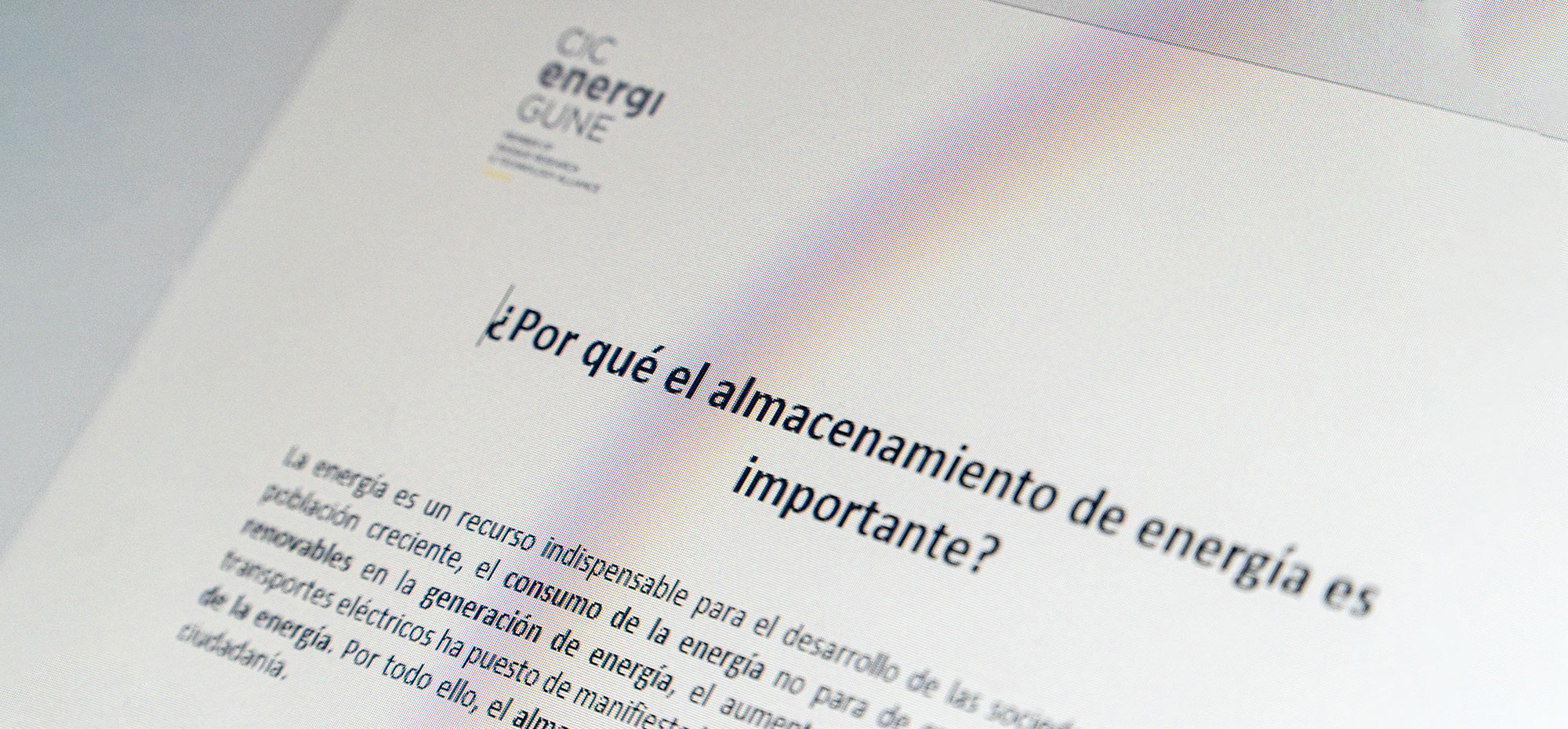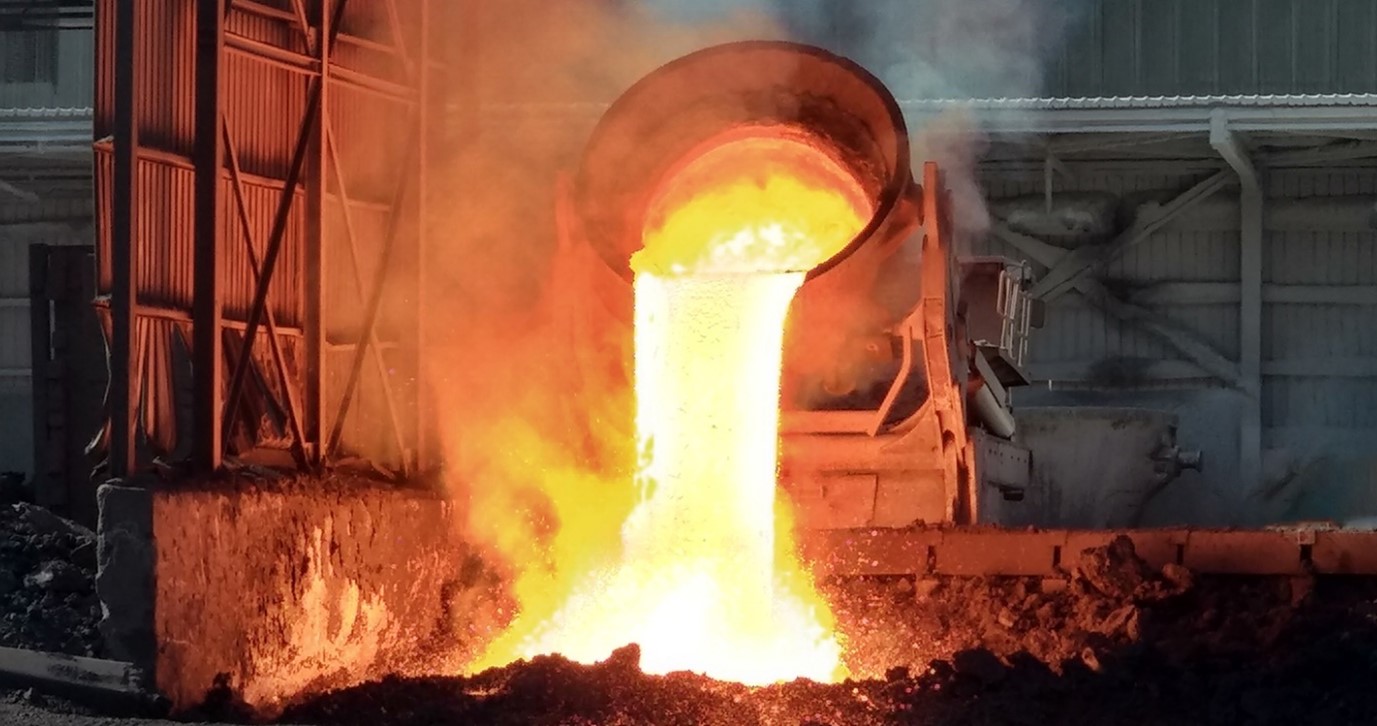Industry is one of the sectors with the highest energy consumption and is also one of the least efficient, especially with regard to the use of energy in the form of heat. This fact becomes especially critical in the current energy crisis situation, where a winter is expected in which rising energy prices can lead to situations of serious uncertainty.
In this scenario, the increase in renewable energy sources, storage and energy efficiency in industry is one of the main challenges identified by the European Commission to face the crisis.
The tip of the iceberg
July 2021. The world was waking up from a long period of low activity due to COVID-19 and the sudden increase in energy demand, coupled with low renewable production and the policy of increasing the cost of coal, triggered a tsunami that shook the economic foundations of our society.
Energy prices experienced a significant increase. However, this was only the tip of the iceberg, because all these factors were compounded by the invasion of Ukraine in February 2022, with disastrous consequences for energy prices. While the price of natural gas for an average industrial consumer in 2021 rose from 23.9 €/MWh, to 41.6 €/MWh (+74%), in August 2022 it reached an all-time high standing at 316 €/MWh (+1222%).
As a consequence, many industries have had to rethink their cost structure and business model, as energy costs have gained significant weight. This increase has been so rapid and unexpected that some of the energy-intensive industries have had to stop or regulate their production, as recently announced by Sidenor, ArcelorMittal and Nervacero.
It would be unfair to say that the industrial sector has not made efforts to improve energy efficiency and reduce its dependence on fossil fuels. In fact, energy efficiency has been labeled as the first fuel towards decarbonization.
The parameter used to measure energy efficiency at the macro level is energy intensity, which relates energy consumption to GDP. The latest data available to be able to assess the variation in energy intensity correspond to the period 2000-2017. In this period, and mainly due to the various crises that have been faced, it should be noted that energy consumption in European industry fell by around 15%. However, energy intensity fell even more, standing at 27%, observing a generalized decrease in all industrial sectors.









